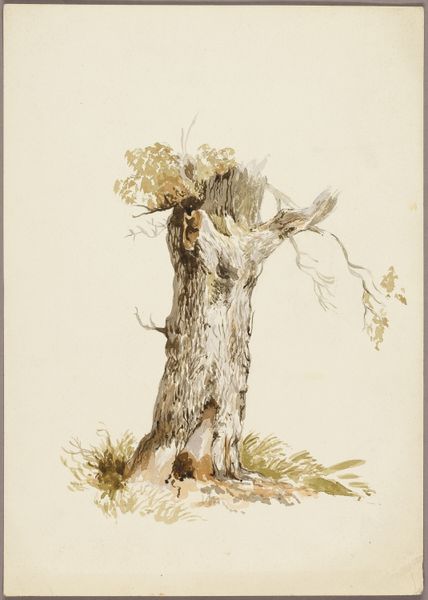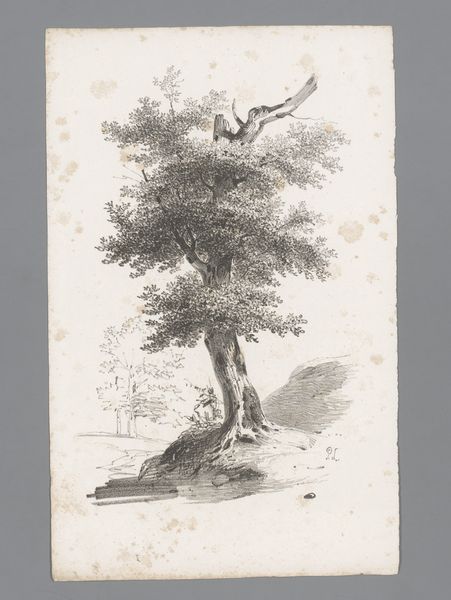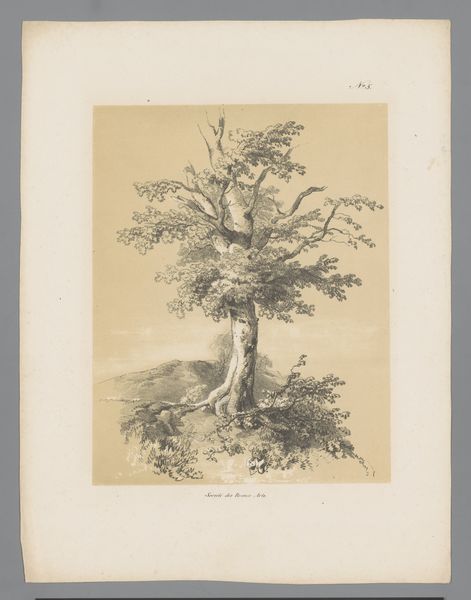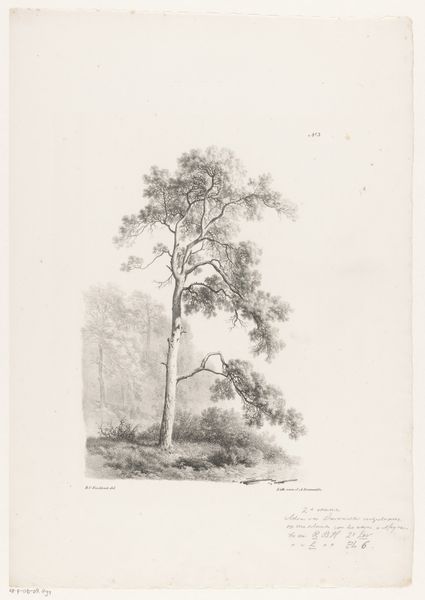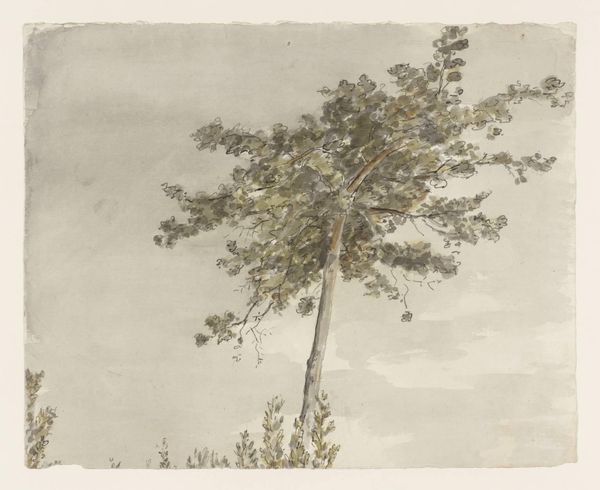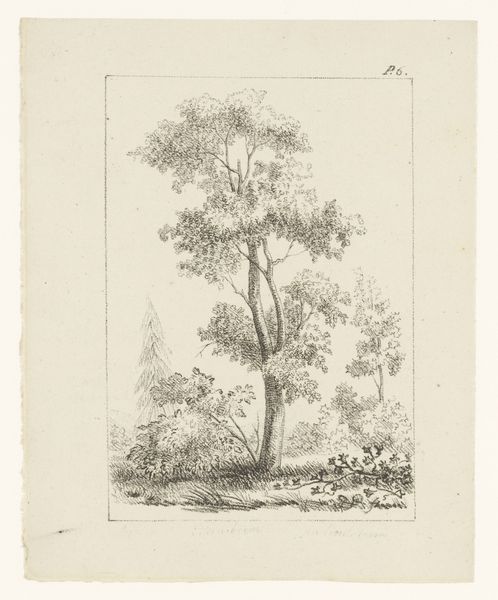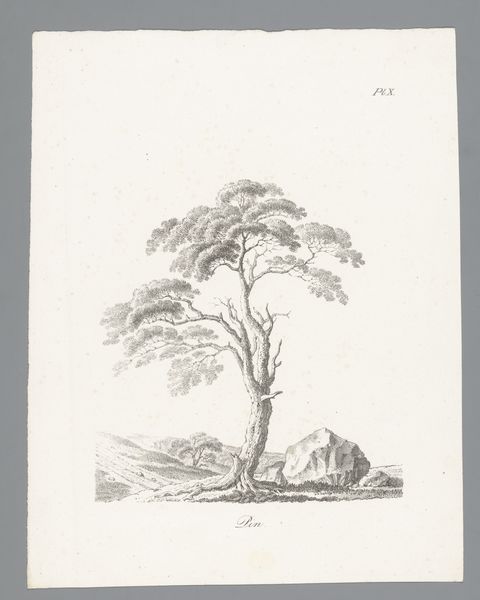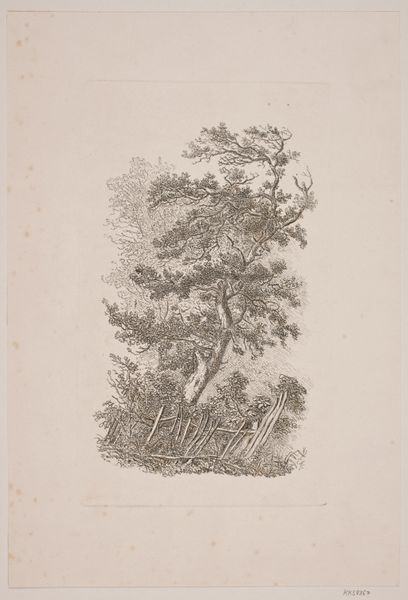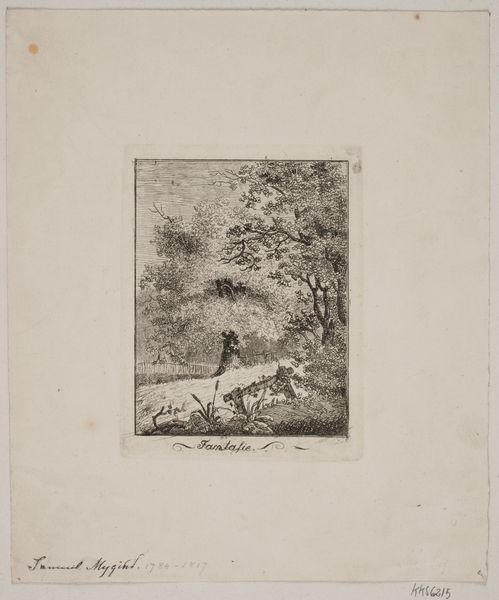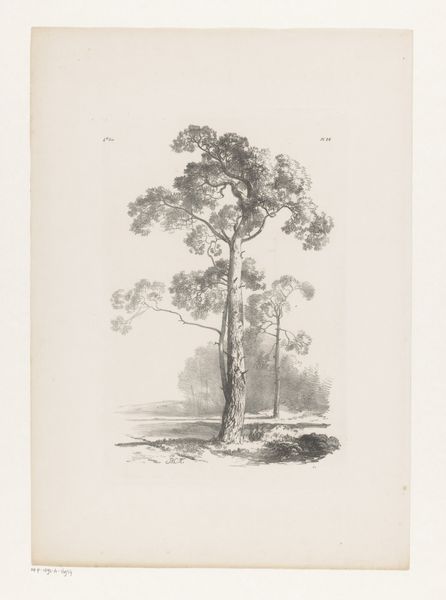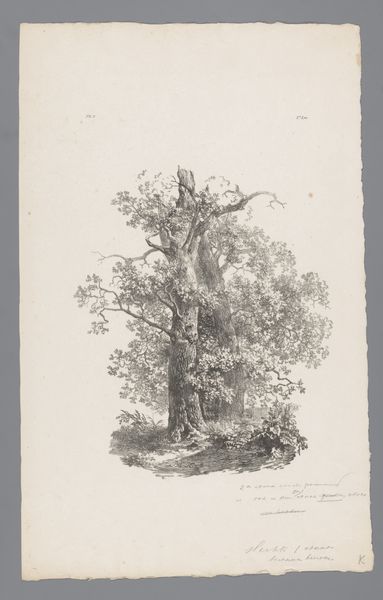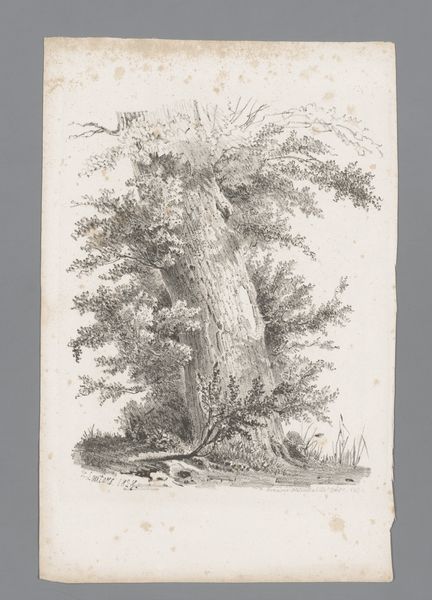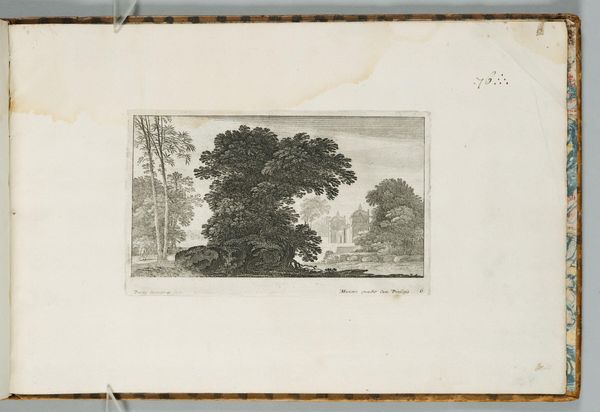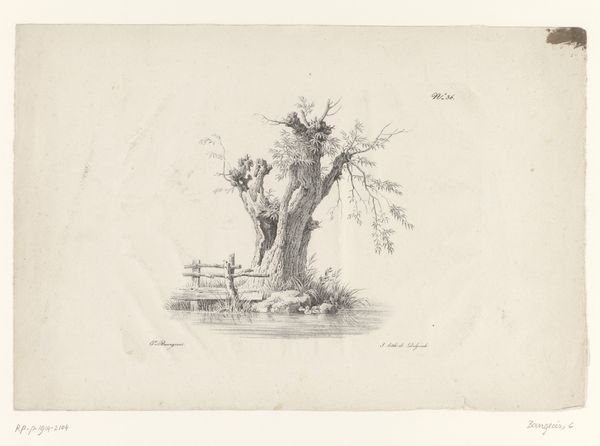
Dimensions: height 660 mm, width 480 mm, height 244 mm, width 362 mm, height 220 mm, width 351 mm
Copyright: Rijks Museum: Open Domain
Editor: This watercolor drawing from between 1777 and 1786 by Robert Jacob Gordon depicts a Crimson-breasted shrike. I am interested in how meticulously rendered it is using watercolor and paper. What does the means of production mean for us when we look at this drawing? Curator: Looking at the means of production provides many layers. Consider the paper itself. Where did it come from? What was the process of its making? How did its cost affect who could create art? Watercolour as a medium, with its portability and ease of use, opens questions about art's accessibility, in contrast to say, oils. The tools, like the brushes, the pigments—they all point to systems of trade and knowledge. Editor: That's interesting. The "craft" of the watercolor, in turn, almost overshadows the subject matter? Curator: Not overshadows, but enriches it. Think about the context: This drawing wasn't simply *of* a bird, but also relied on the consumption of the rare bird and its visual reproduction as objects of trade or scientific pursuit. It becomes evidence within larger narratives of colonialism, scientific advancement, and even early forms of conservation. Is this art, science, or commodity? Editor: I hadn't considered it that way. Seeing the artwork as more than just an isolated piece, and seeing how its production is tied to the bigger picture of the world makes perfect sense. Curator: Precisely. Understanding the material reality of its creation transforms our perception and allows us to reconsider conventional understandings of the work as solely “art”.
Comments
No comments
Be the first to comment and join the conversation on the ultimate creative platform.
